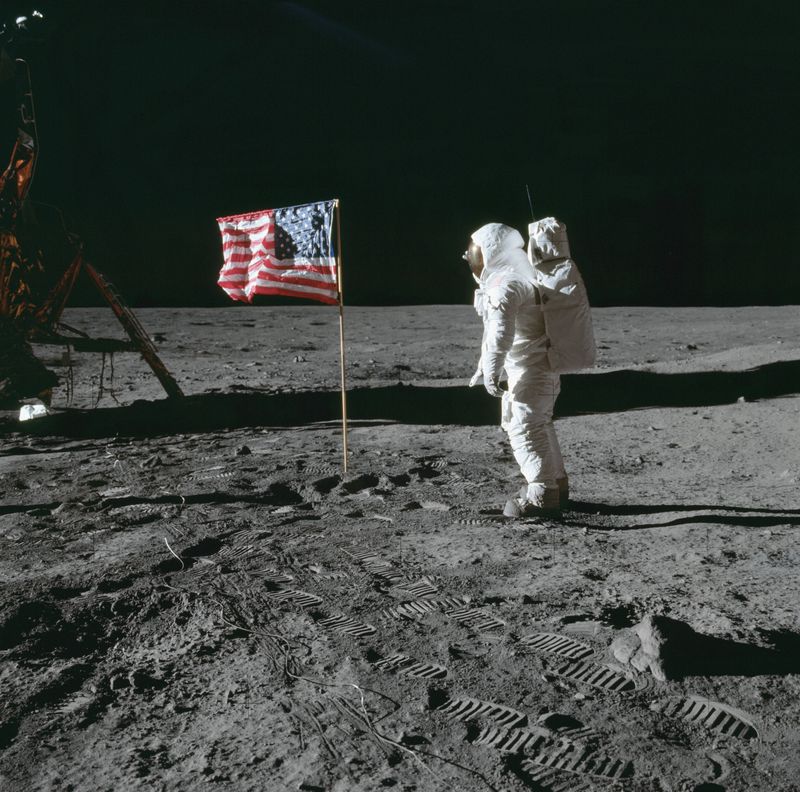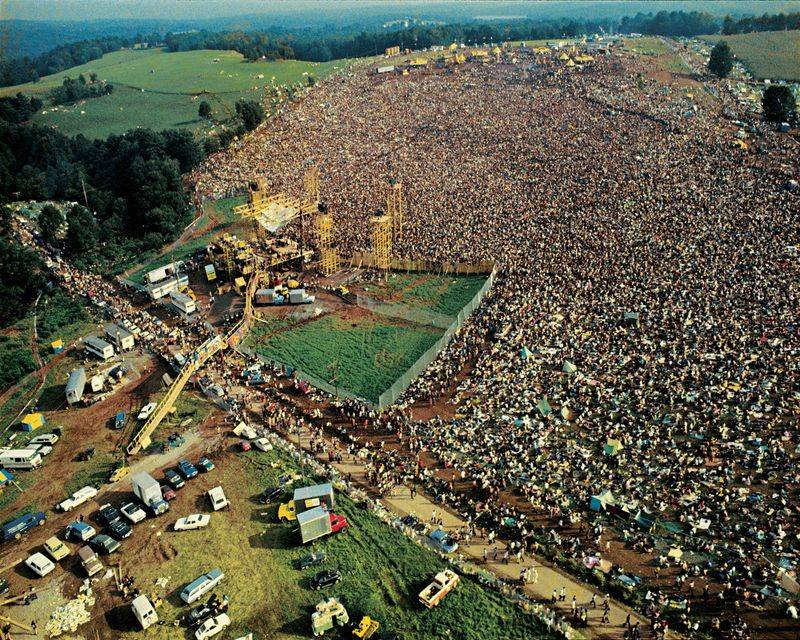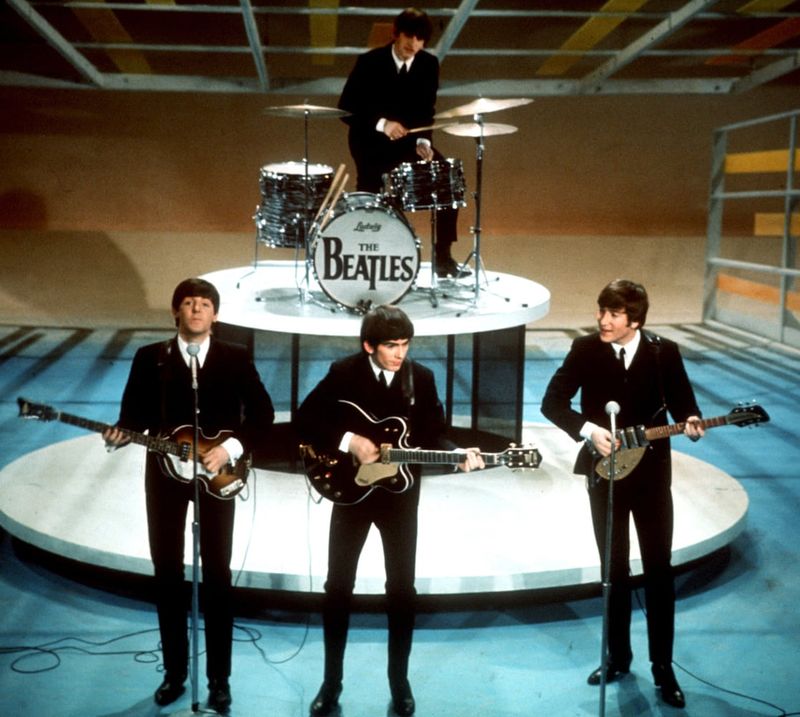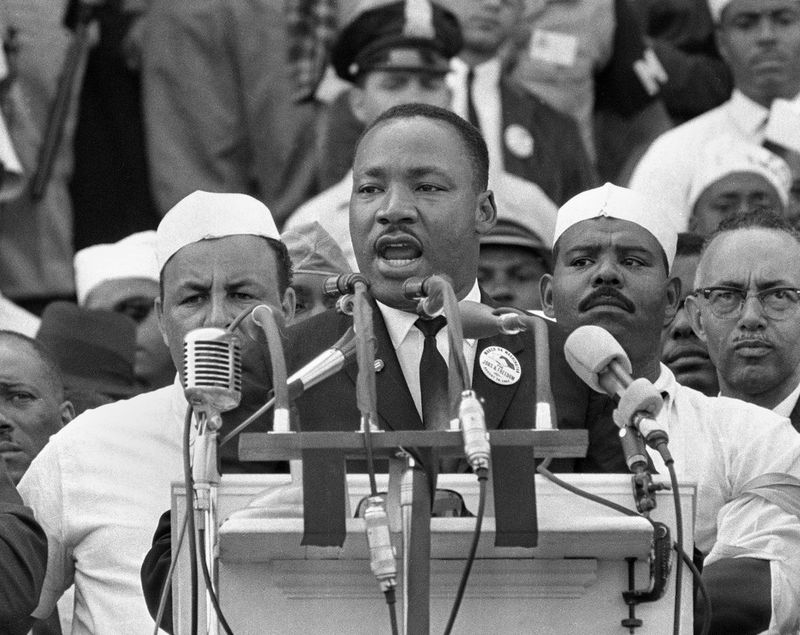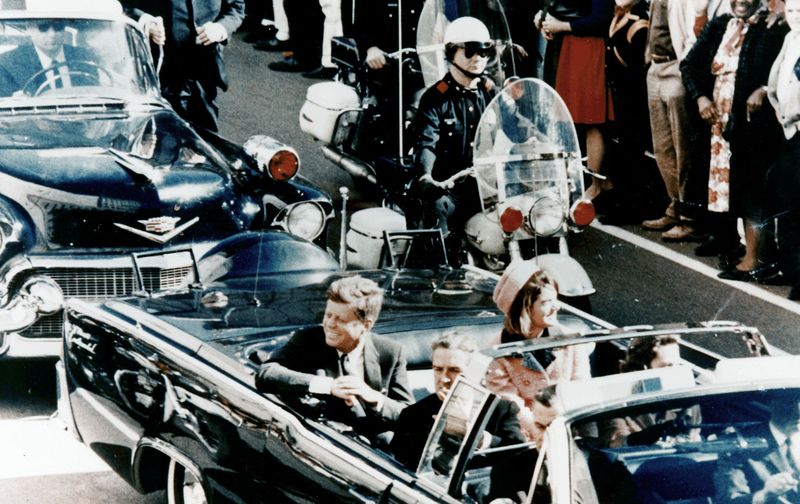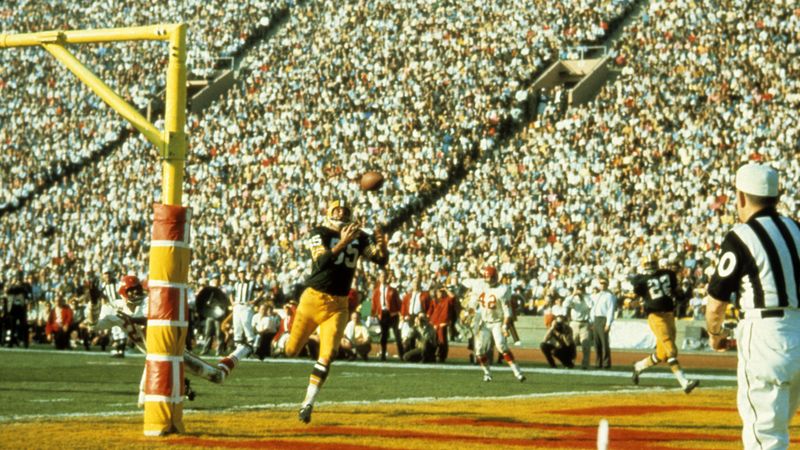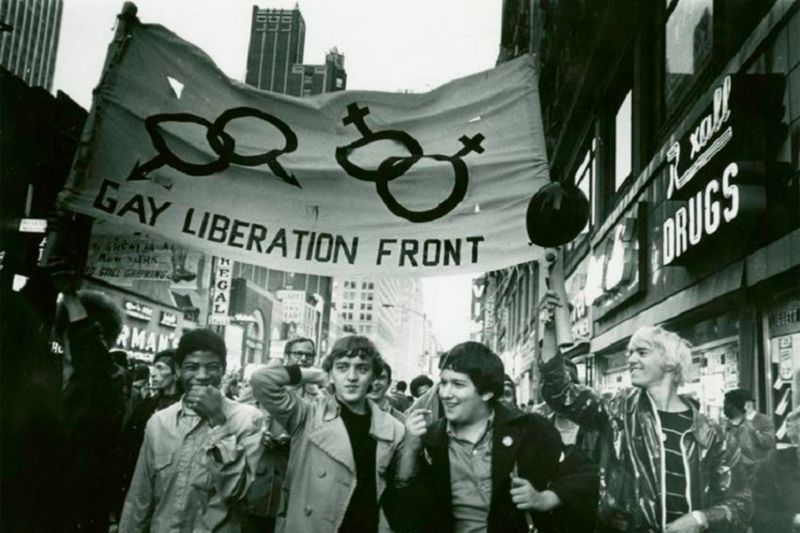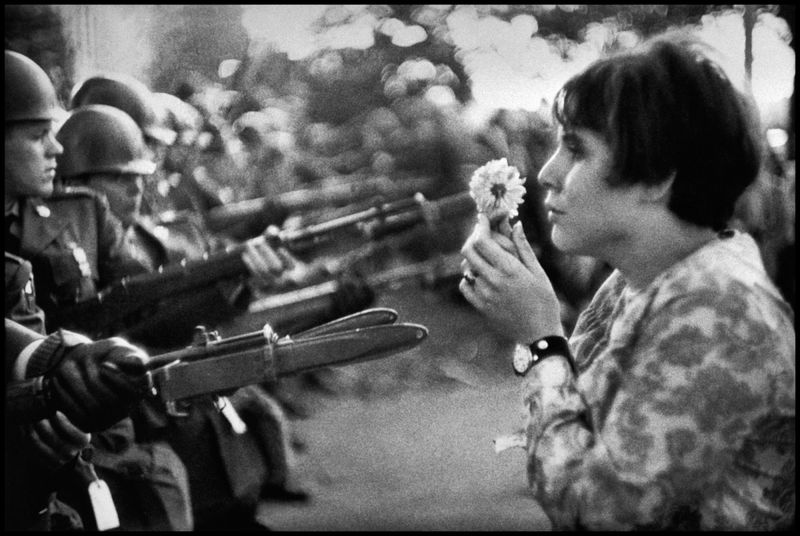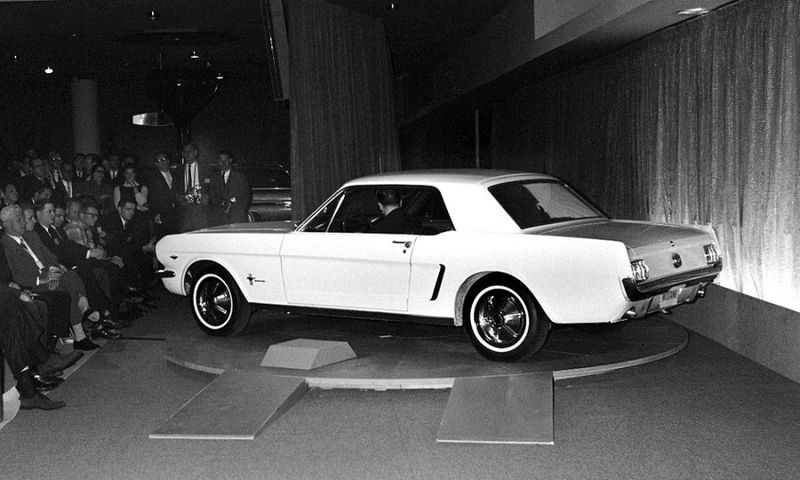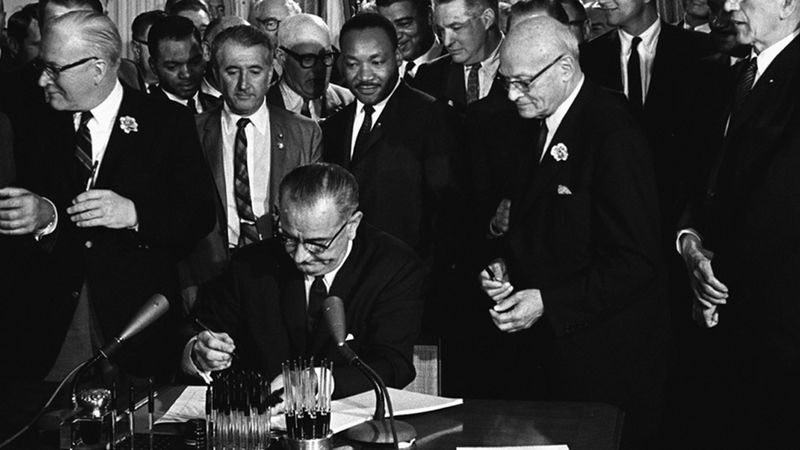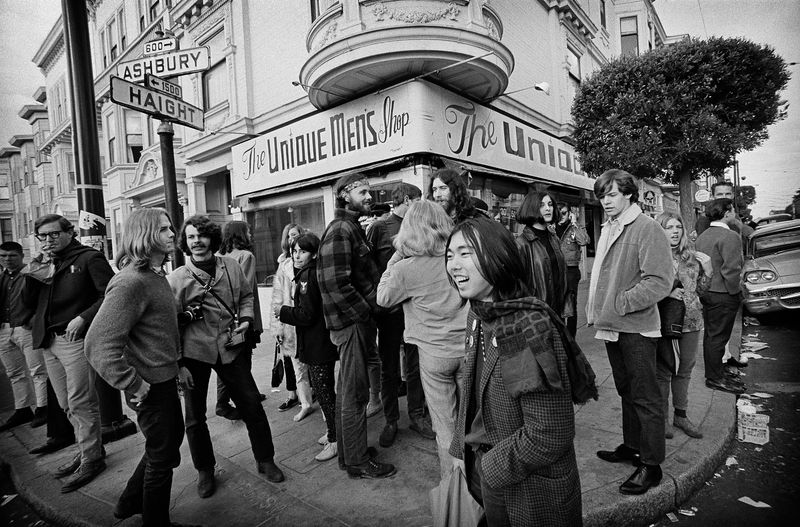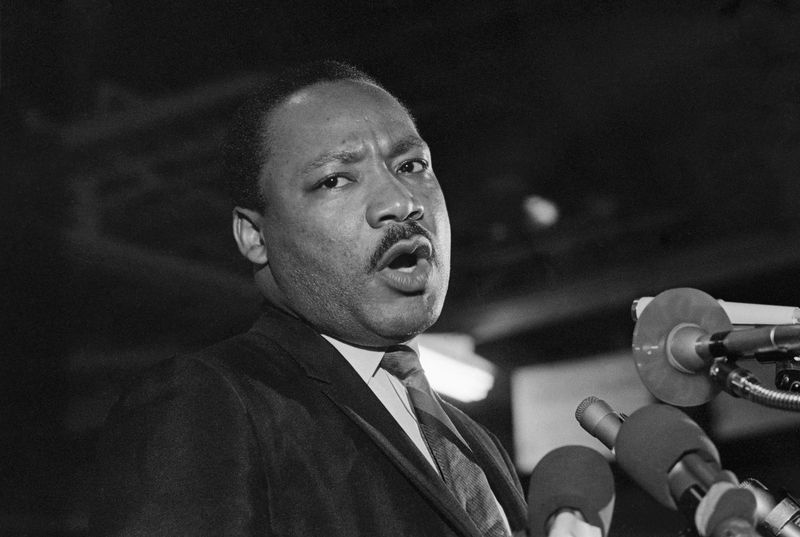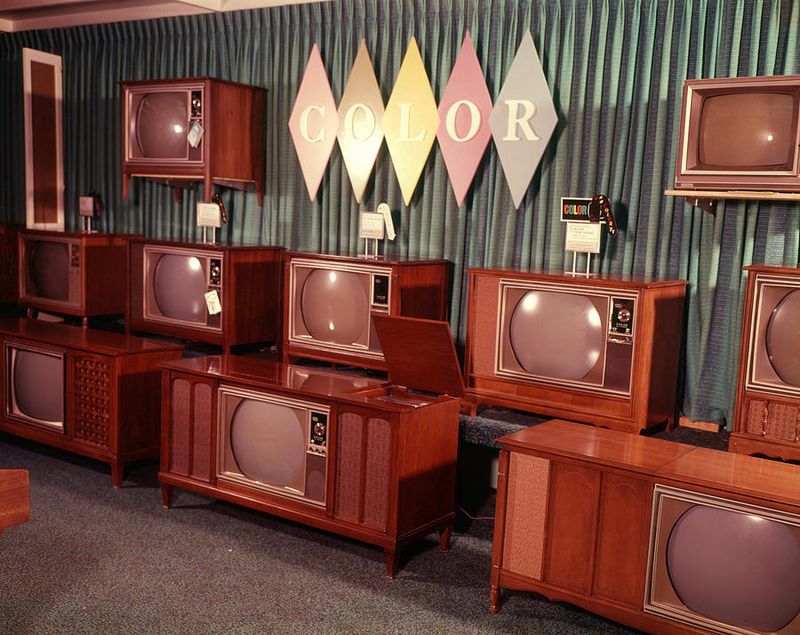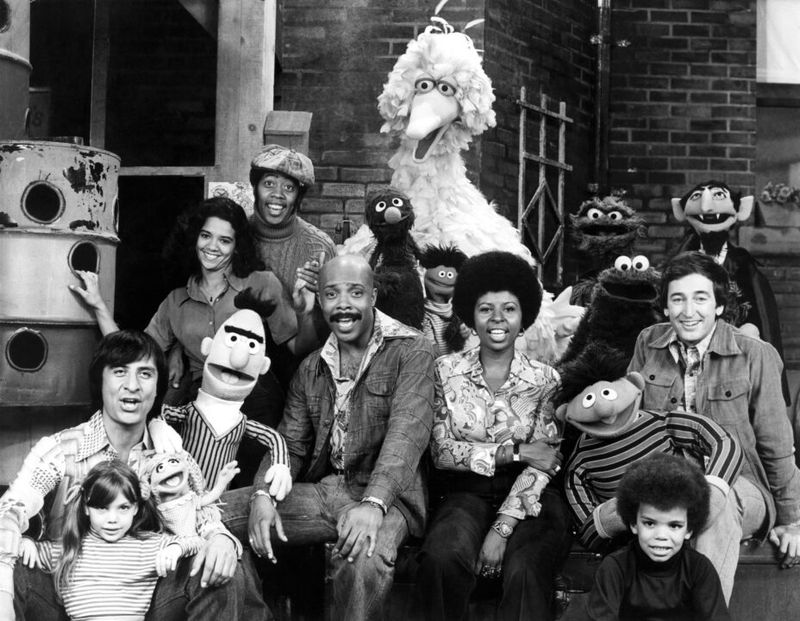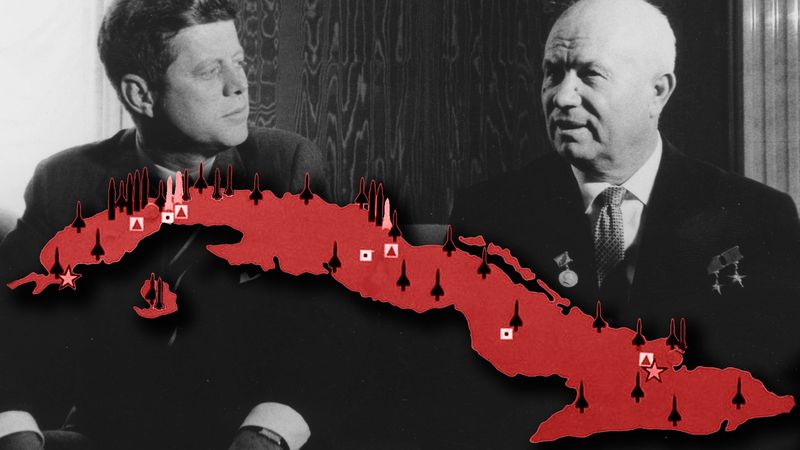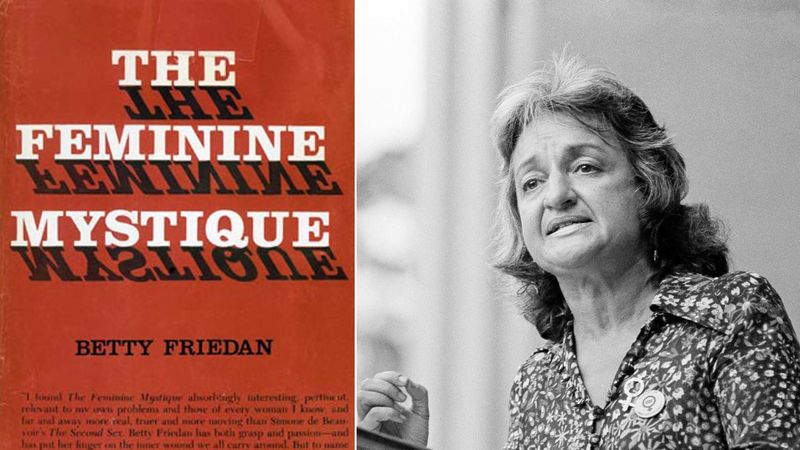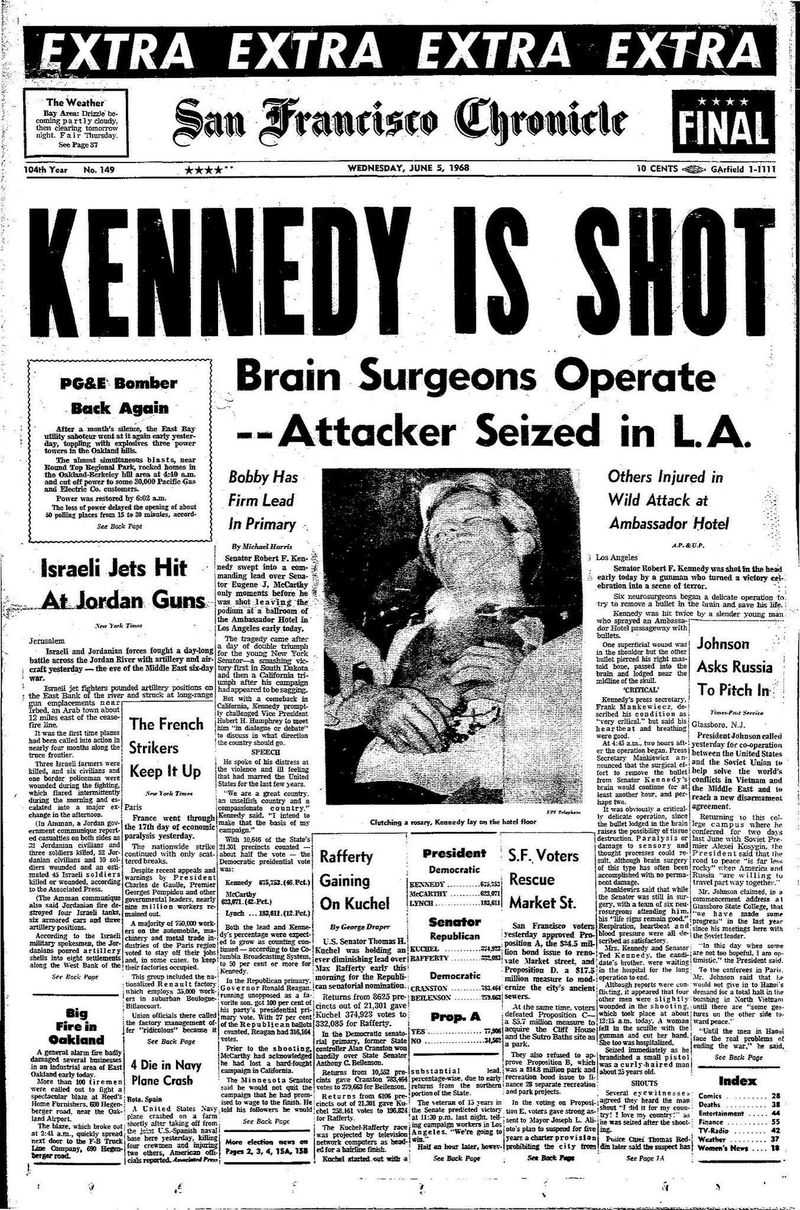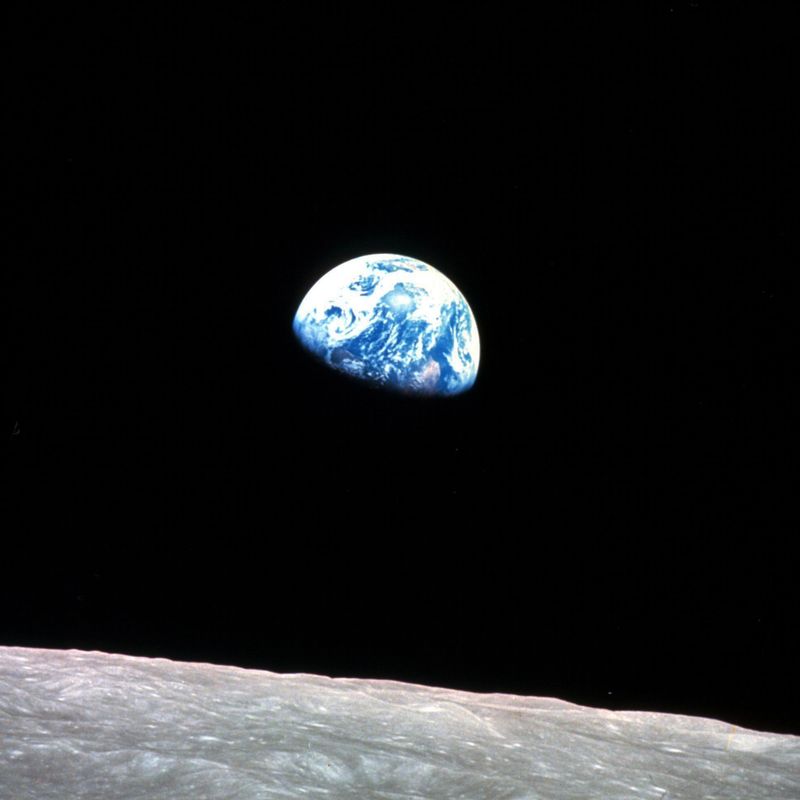The 1960s was a decade of revolution, rebellion, and reinvention. It was a time when everything—from music and politics to fashion and technology—shifted in dramatic ways. Whether joyful or tragic, these moments etched themselves into the memory of a generation.
The Moon Landing (1969)
Imagine a world where humanity’s dreams extend all the way to the stars. In 1969, that dream became a reality when Neil Armstrong took his legendary steps on the moon. His words, “That’s one small step for man…,” resonated across the globe, igniting a sense of possibility. This wasn’t just a technological achievement; it was a monumental moment of human unity and inspiration. People everywhere watched in awe as Armstrong navigated the lunar surface, marking a new frontier in space exploration. The moon landing remains a testament to human ingenuity and the power of collective aspiration.
Woodstock Festival (1969)
Picture a sea of people, united by music and a shared quest for peace and love. The Woodstock Festival of 1969 was more than just a concert; it was a cultural phenomenon. For three days, attendees experienced music legends like Jimi Hendrix and Janis Joplin. Through rain and mud, the spirit of camaraderie shone bright, symbolizing the counterculture movement that sought to challenge societal norms. Woodstock became a defining emblem of the ’60s, celebrating diversity and the power of music to bring people together. It remains an iconic event that encapsulated the era’s rebellious spirit.
The Beatles on The Ed Sullivan Show (1964)
In 1964, the U.S. was swept up in a musical revolution as The Beatles made their debut on The Ed Sullivan Show. With 73 million viewers tuning in, it was an electrifying moment in television history. The Fab Four’s charm and energetic performance captivated the audience, officially launching the British Invasion and reshaping the music scene. The Beatles became symbols of a new cultural wave. Their influence extended beyond music, impacting fashion and youth culture, and leaving a legacy that continues to inspire artists and fans alike.
Martin Luther King Jr.’s “I Have a Dream” Speech (1963)
With a voice that echoed hope and equality, Martin Luther King Jr. delivered his iconic “I Have a Dream” speech in 1963. Standing on the steps of the Lincoln Memorial during the March on Washington, he painted a vivid picture of a world free from racial injustice. His words ignited the imaginations of millions, becoming a cornerstone of the Civil Rights Movement. This powerful moment not only united people in the fight for civil rights but also set the stage for lasting change, inspiring generations to continue the pursuit of equality.
The Assassination of President John F. Kennedy (1963)
A nation held its breath as news of President John F. Kennedy’s assassination spread in 1963. The shocking event left an indelible mark on American history, as the young and charismatic leader was taken from the world. In Dallas, Texas, the tragedy unfolded, leaving a legacy of unanswered questions and a profound sense of loss. Kennedy’s vision for America was abruptly halted, yet his influence and ideals continue to resonate. The assassination remains a defining moment of the 1960s, symbolizing the era’s turbulent and unpredictable nature.
The First Super Bowl (1967)
In 1967, a modest football game metamorphosed into a cultural phenomenon with the inaugural Super Bowl. The Green Bay Packers faced the Kansas City Chiefs, setting the stage for one of America’s most beloved traditions. The game brought together sports fans, families, and communities, laying the foundation for the Super Bowl’s rise to entertainment prominence. Beyond the touchdowns and tackles, the event encapsulated the spirit of competition and unity, evolving into an essential part of American culture. Today, the Super Bowl is synonymous with excitement and celebration.
Barbie Hits the Shelves (1959–Rise in the ‘60s)
Barbie, the iconic fashion doll, made a splash in 1959 but truly came into her own in the 1960s. With her diverse wardrobe and glamorous lifestyle, she captured the imaginations of children everywhere. Barbie represented a new era of fashion and femininity, sparking discussions about gender roles and expectations. She became a symbol of empowerment, allowing children to dream big and explore different careers. Despite controversies, Barbie’s impact on culture and fashion endures, illustrating the evolving perspectives of women in society during the ’60s.
The Stonewall Riots (1969)
The Stonewall Riots of 1969 marked a turning point in the LGBTQ+ rights movement. At the Stonewall Inn in New York City, patrons stood up against police harassment, sparking days of protest. This uprising ignited a new era of activism and visibility for the LGBTQ+ community, challenging societal norms and advocating for equal rights. The courage and resilience displayed during the Stonewall Riots inspired future generations to continue fighting for justice and acceptance, leaving an enduring legacy in the quest for equality.
The Vietnam War Protests
In the 1960s, images of the Vietnam War flooded television screens, prompting a wave of protests across the United States. Young Americans, particularly college students, voiced their opposition to the conflict, seeking peace. These demonstrations became symbols of the anti-war movement, emphasizing the power of collective action and social change. The protests were not only about opposing the war but also about challenging authority and advocating for a more just society. Their impact resonated far beyond the ’60s, influencing future generations to stand up against injustice.
The Launch of the Ford Mustang (1964)
Revving its engine into the hearts of car enthusiasts, the 1964 Ford Mustang burst onto the scene as a symbol of freedom and rebellion. Its sleek design and affordability made it an instant hit. The Mustang wasn’t just a car; it was a lifestyle statement. It captured the imagination of a generation eager for adventure and individuality. The launch of the Mustang marked a new chapter in automotive history, forever changing the way people viewed cars and inspiring a new era of innovation and style.
The Civil Rights Act Signed (1964)
In 1964, President Lyndon B. Johnson signed the landmark Civil Rights Act, a pivotal moment in the fight against racial discrimination. The legislation aimed to end segregation and promote equality in America. The Act’s passage was a testament to the tireless efforts of civil rights activists who fought for justice and change. It outlawed discrimination based on race, color, religion, sex, or national origin. This momentous achievement laid the groundwork for future advancements in civil rights, serving as a beacon of hope for those striving for a more equitable society.
Psychedelic Summer of Love (1967)
The Summer of Love in 1967 was a vibrant celebration of peace, love, and counterculture in San Francisco’s Haight-Ashbury. Thousands of young people flocked to the city, drawn by the promise of a new way of living. Music, art, and psychedelic experiences defined this summer, creating a sense of community and exploration. The spirit of the Summer of Love challenged societal norms and promoted ideals of compassion and understanding. It was a cultural watershed moment, reflecting the era’s quest for personal freedom and social change.
The Assassination of Martin Luther King Jr. (1968)
In 1968, the world lost a beacon of hope when Martin Luther King Jr. was assassinated in Memphis, Tennessee. His death sent shockwaves across the nation, leaving a void in the Civil Rights Movement. King’s unwavering dedication to nonviolent protest and equality inspired millions, and his assassination sparked grief and anger, leading to widespread unrest. Despite the tragedy, King’s legacy endures, continuing to inspire those who fight for justice and equality. His influence remains a guiding light in the pursuit of civil rights.
The Introduction of Color TV
The 1960s saw the dawn of color television, transforming the way people experienced media. As colorful images entered living rooms, viewers found a new world of entertainment and information. From news broadcasts to sitcoms and sports, color TV revolutionized visual storytelling and brought the world closer. The introduction of color television was a technological milestone, enhancing the way people connected with media and each other. It marked the beginning of a new era in broadcasting and audience engagement.
The Launch of Sesame Street (1969)
In 1969, Sesame Street debuted on television, forever changing the landscape of children’s programming. Blending education with entertainment, the show introduced beloved characters like Big Bird and Oscar the Grouch. Sesame Street aimed to educate and engage young minds, providing a foundation for learning through fun and relatable content. Its innovative approach to teaching diversity and inclusion made it a household favorite, shaping generations of children and promoting values of kindness and understanding.
Cuban Missile Crisis (1962)
For 13 nerve-wracking days in 1962, the world teetered on the brink of nuclear war during the Cuban Missile Crisis. The standoff between the U.S. and USSR was a defining moment of the Cold War. Intense negotiations and strategic diplomacy ultimately averted disaster, showcasing the critical importance of communication and compromise. The Cuban Missile Crisis left an indelible mark on international relations, highlighting the delicate balance of power and the need for vigilance in a nuclear age.
The Feminine Mystique Published (1963)
In 1963, Betty Friedan’s groundbreaking book “The Feminine Mystique” ignited second-wave feminism. It challenged traditional gender roles and highlighted the dissatisfaction many women felt. Friedan’s work resonated with countless readers, sparking conversations about women’s rights and inspiring change. The publication of “The Feminine Mystique” was a catalyst for the feminist movement, empowering women to seek equality and redefine their roles in society.
The Assassination of Robert F. Kennedy (1968)
The assassination of Robert F. Kennedy in 1968 was a heartbreaking moment for many. As a symbol of hope and progress, RFK’s death cast a shadow over America. His campaign aimed to unite and heal a divided nation, and his loss was felt deeply across the political landscape. Kennedy’s assassination served as a poignant reminder of the turbulent ’60s, marking the end of an era for those who believed in his vision for a brighter future.
Apollo 8’s Earthrise Photo (1968)
In 1968, Apollo 8 astronauts captured an image that forever changed humanity’s perspective. The Earthrise photo, showing our planet rising above the moon’s surface, was both beautiful and humbling. This iconic image highlighted Earth’s fragility and unity, emphasizing the need for global cooperation and environmental stewardship. Apollo 8’s Earthrise photo became a symbol of hope, inspiring people to protect and cherish their home in the cosmos.
